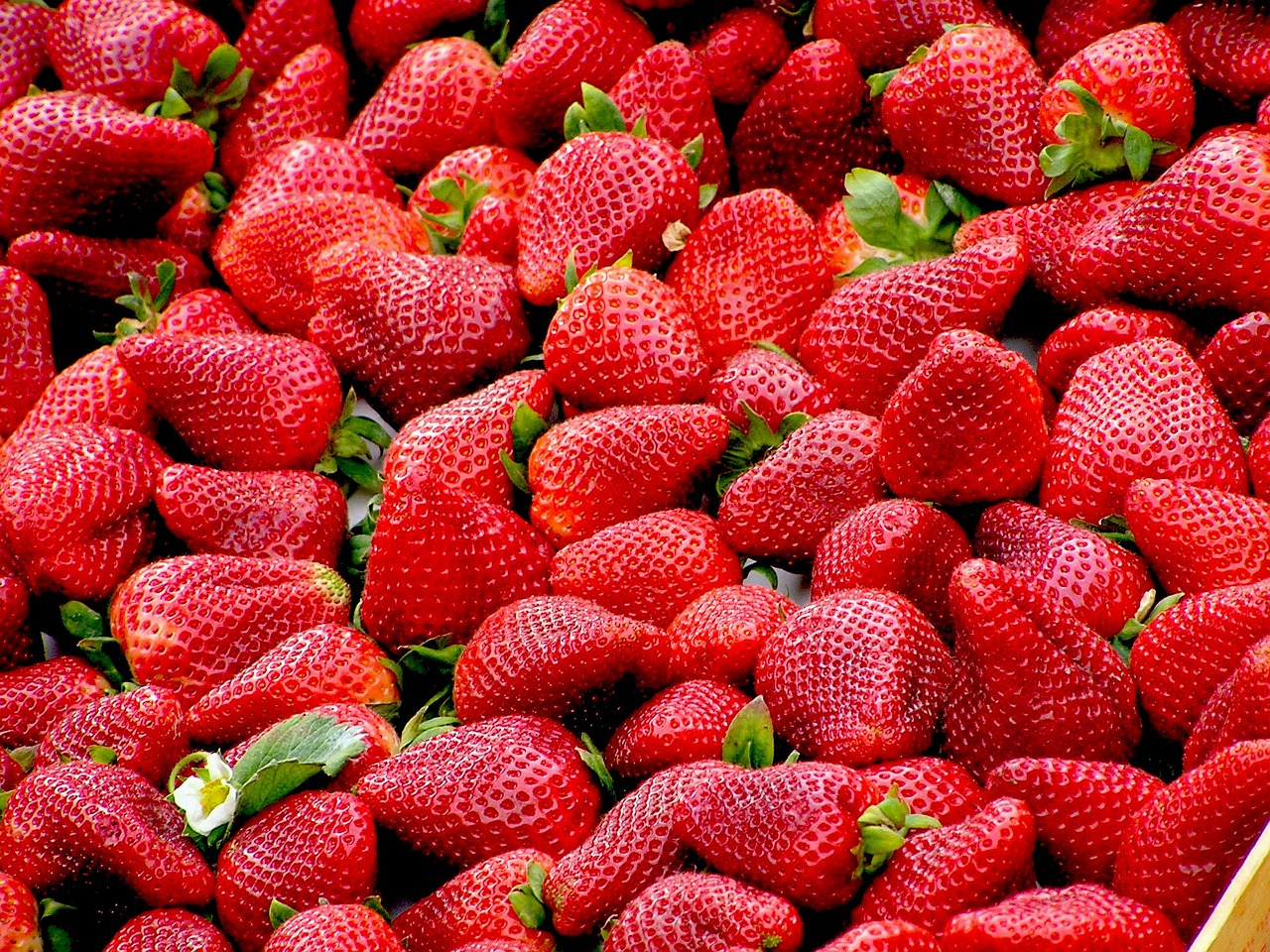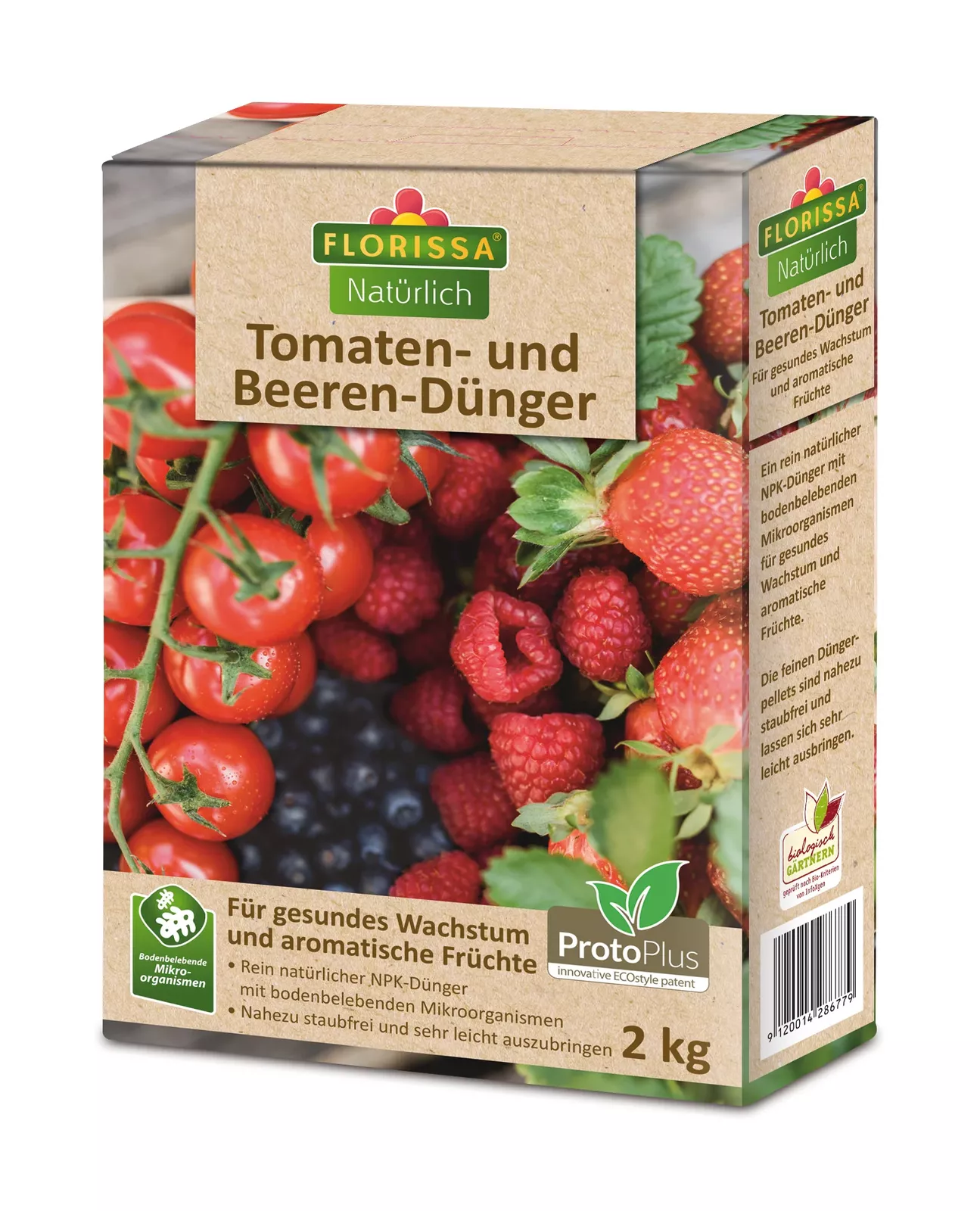Caring for, pruning & overwintering strawberries
Care tips
Strawberries are perennial, hardy plants that can be found in many hobby gardens in our latitudes. With the right care, you can harvest and enjoy many of your own strawberries. Although strawberry plants are quite robust, there are a few things you need to know in order to have healthy plants.
Watering strawberries
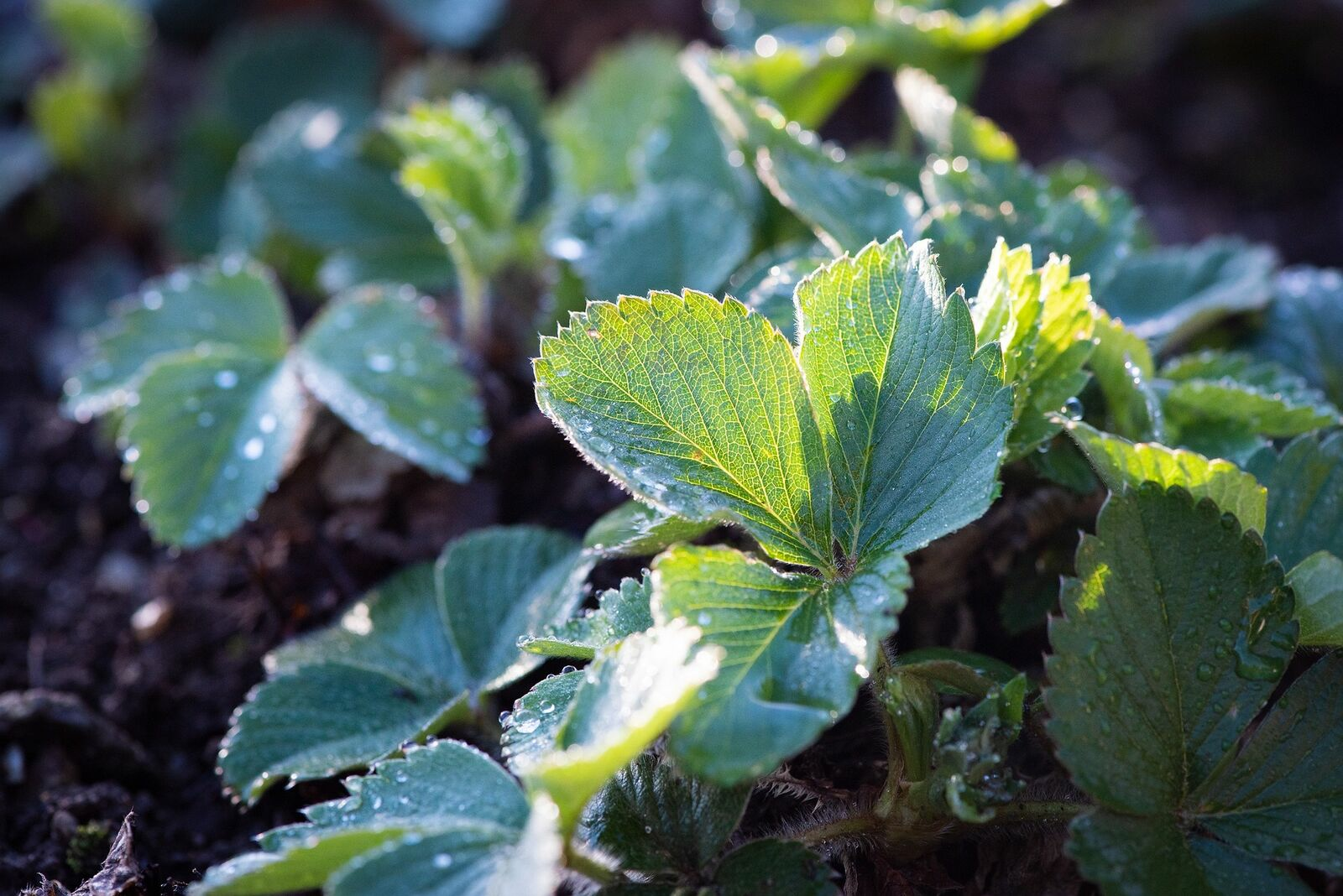
Strawberries have quite shallow roots and like to grow in slightly sandy soil, which usually does not have such a high water retention capacity. This is an advantage as waterlogging is less likely to occur. However, regular watering is very important, especially during hot periods and during flowering and fruiting. Depending on the weather, it may therefore be necessary to water twice a day in the morning and evening. Water from below and try to keep the leaves dry.
Fertilizing strawberries
Strawberries need certain nutrients in order to grow healthily. As with most plants, the main nutrients nitrogen, phosphorus and potassium play a role here. In contrast to most vegetable plants, however, strawberries do not need quite as much nitrogen, but rather more potassium. Special tomato and berry fertilizers are ideal for meeting the nutrient requirements. You will also find the exact dosage on the packaging. Alternatively, there are various household remedies and organic slow-release fertilizers that you can also use to fertilize strawberries. Compost, manure, plant manure, coffee grounds etc. are also good options.
To remove offshoots or not?
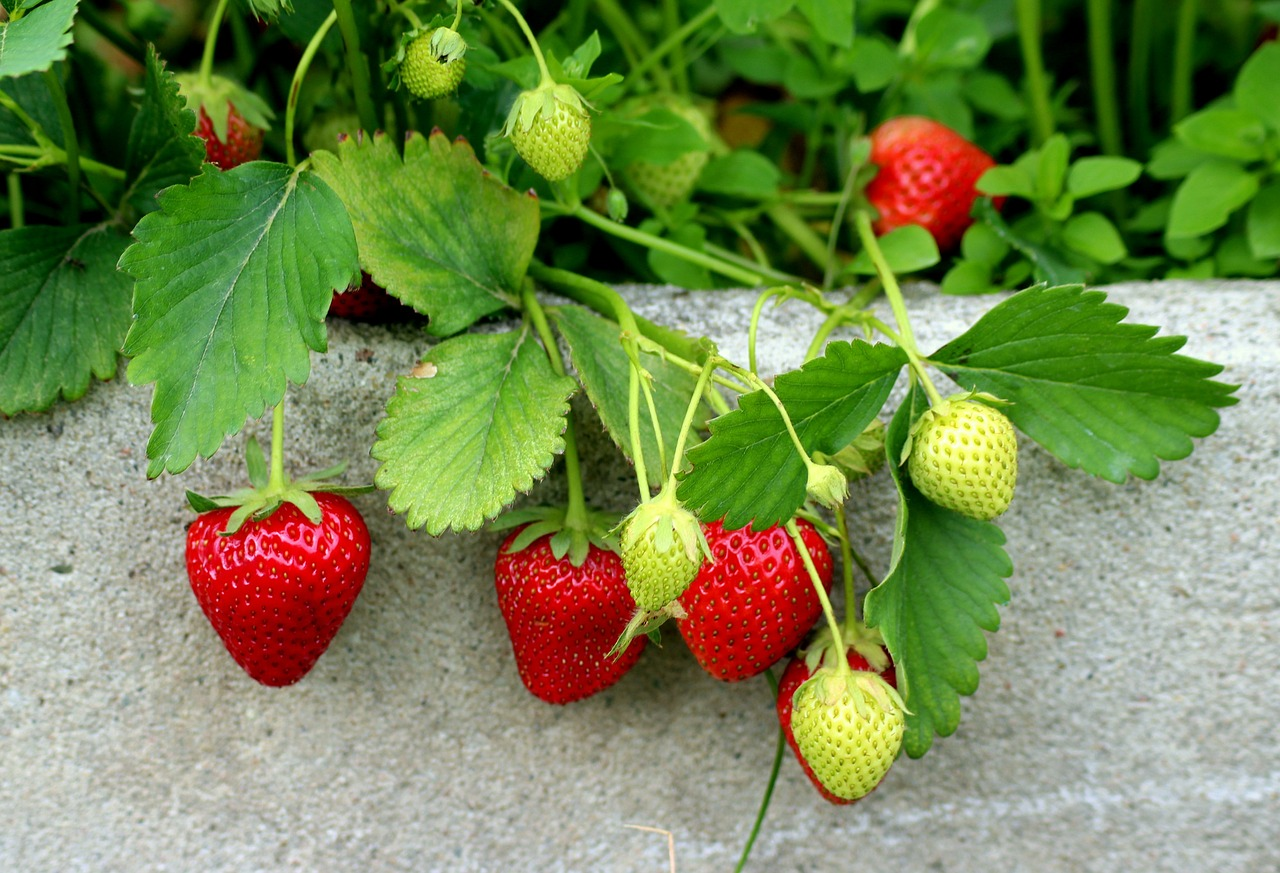
Strawberries spread quickly via runners and are therefore an efficient ground cover. To improve growth and promote fruit formation, regularly cut off any runners that are not needed. The strawberry plant loses a lot of energy through the runners, which it could otherwise put into fruit development. Therefore, remove some of the runners during flowering and fruiting. However, leave some on the plant so that you can make offshoots later.
Cutting strawberries
In the fall after the harvest, cut back your strawberry plants to prepare them for winter. This involves removing all old shoots and leaves. Make sure to cut off all diseased parts of the plant. This will allow them to sprout healthily again next season and prevent these diseases from spreading in the bed. It is also advisable to remove diseased parts of the plant during the season. When pruning, make sure you use a sharp, clean knife and cut the plant parts close to the ground. You should never damage the heart of the plant, otherwise it will die.
Mulching strawberries
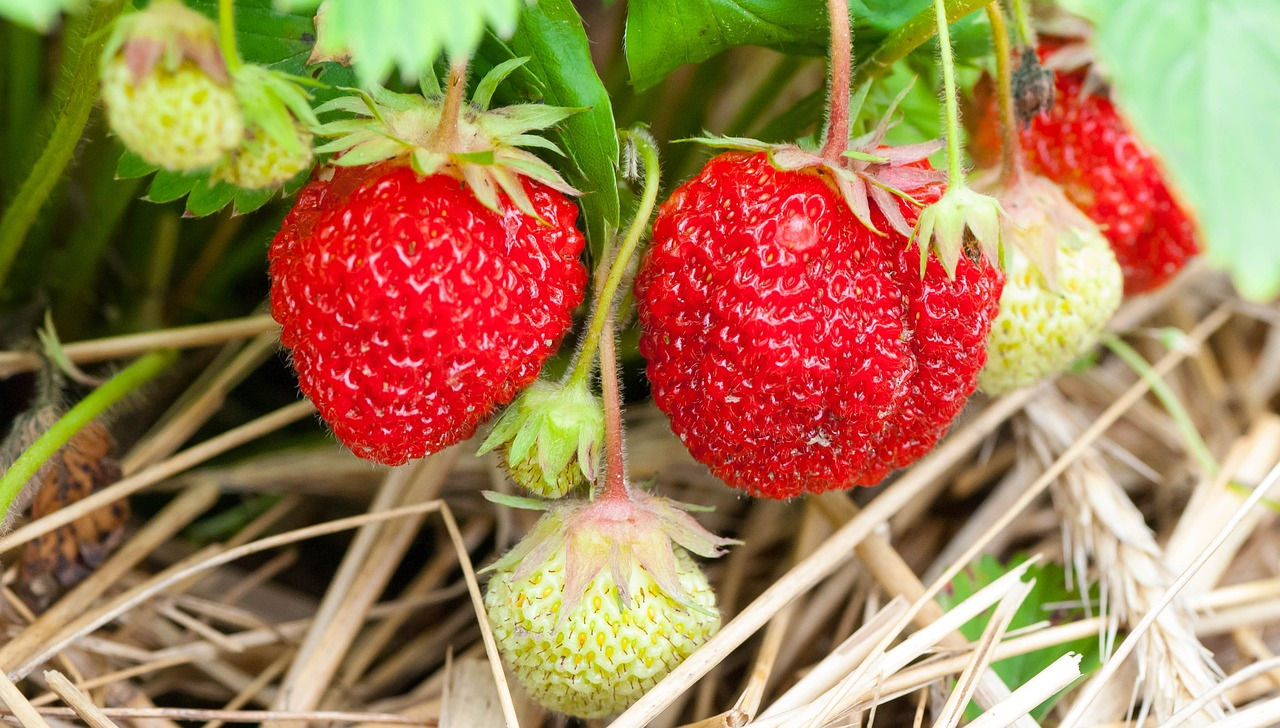
Another important point in the care of strawberries is mulching. Mulch has many advantages in the garden: firstly, it suppresses unwanted weeds, which is a great advantage for strawberries that are weak in competition. It also saves you work and time, because otherwise you have to weed. On the other hand, a layer of mulch retains moisture in the soil, which saves water and contributes to a more regular water supply. In addition to these benefits, your strawberry fruits lie on a dry surface, which protects them from rot and dirt. There is also less splashing water from watering or rain, which contributes to better plant health. This protects the plants from numerous fungal diseases, such as gray mold, which would otherwise be spread to the plants by splashing water. Straw, bark mulch, grass clippings or sheep's wool are suitable mulch materials for strawberries.
Overwintering strawberries
Strawberries are hardy plants that can overwinter in the bed without any problems in our latitudes. As mentioned above, the first step is to prune your plants after the harvest, mainly to remove diseased parts of the plant. Although strawberry plants can withstand frost well, you should mulch the soil well again before winter. Apply a thicker layer of mulch than in summer, about 10 to 15 cm thick. Although the plants need less water in winter, you should still water them from time to time, especially in dry winters without rain or snow. If you grow strawberries in pots, you should place the potted plants in a protected, frost-free place over the winter, for example in a greenhouse or in a cool place in the house.
